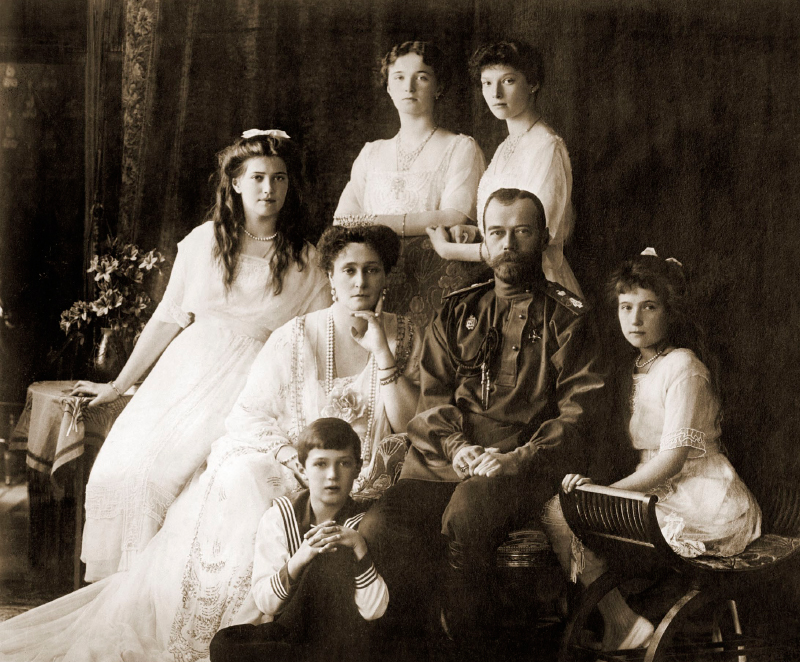
In 1972, Theodore Friedmann and Richard Roblin published what many consider to be the first in-depth consideration of the use of gene therapy for the treatment of human genetic diseases. Since the early 1990s, gene therapy has been hyped as a game-changing medical treatment, but after being plagued by an almost unbroken series of failures—including a subject’s death in 1999—all clinical therapy trials in the United States were suspended for a number of years. Then in 2011, gene therapy was successfully used to treat the first well-known genetic disease, hemophilia B, a disorder caused by a defect in the gene for clotting Factor IX. This treatment success, involving six patients, has reinvigorated hope for a technique first conceptualized in 1972 and attempted in a human subject in 1990. The genetic defect was carried by Queen Victoria and was passed to her male descendants, who married into the royal houses of Europe.
The most common approach in gene therapy involves introduction of a normal gene into the genome to replace a missing or defective gene responsible for causing or preventing a disease. The gene carrier (vector) is usually a virus that transports the therapeutic gene to its target cells in the patient. Once delivered to its target, the therapeutic gene enters the cell’s interior and begins producing a protein that restores the cell’s function to normal.
To be successful, gene therapy must overcome a number of challenges. Once delivered to the intended cells and then activated, the therapeutic gene must be stable and long-lived in order to provide long-lasting benefits. As a foreign substance, the virus must evade attack by the immune system—a problem that limits repeated treatments. Also, once inside the patient, the viral vector must not restore its capacity to cause disease.
Gene therapy remains an experimental approach to prevent or treat disease. For the foreseeable future, until essential challenges are overcome, it appears unlikely to replace drugs. The best candidates for gene therapy are those disorders caused by a defective single gene, such as hemophilia, cystic fibrosis, sickle cell anemia, and Tay-Sachs disease. Far more challenging will be such multi-gene disorders as heart disease, high cholesterol, diabetes, cancers, and Alzheimer’s disease.
SEE ALSO Biologic Drugs (1982), Kalydeco (2012).

The Romanovs were the ruling family in Russia in the late nineteenth and early twentieth centuries—a reign that abruptly ended in 1918 when Tsar Nicholas, his wife Alexandra, and their children were murdered during the Bolshevik revolution. Their only son, Prince Alexei, was prone to excessive bleeding, attributed to hemophilia caused by a defective gene passed down from his great-grandmother, Britain’s Queen Victoria.